

TricorBraun believes that it has an obligation, as a successful package design firm, to give back to the packaging community by helping design students prepare for the challenges of a professional design career. They recently engaged Industrial Design students at the University of Illinois at Urbana-Champaign in a Packaging with Impact project designed to accomplish that goal.
"In addition to their academic design training", says Becky Donner, TricorBraun's vice president of design and market insight. "Students want to learn about the 'real world' challenges that face package designers.
Our goal was to expose them to the market, manufacturing, filling and delivery demands they will face as designers. Thanks to our close collaboration with the Chair of Industrial Design Program, Professor William Bullock and his faculty, we succeeded."
The project
TricorBraun kicked off the project in September 2014 at the university. The company's designers and marketing team, along with the department faculty, collaborated to challenge 36 members of UIUC's Industrial Design IV class to each create a package solution for a specific product category and target demographic.
Over the course of six weeks of the 2014-2015 academic year, students were led through a 3-stage process consisting of research and ideation, design refinement and a final finishing stage that included presentation of their designs, complete with SolidWorks renderings and solid models.
At the beginning of each stage, TricorBraun package designers Eva Foo and Samantha Juna introduced students to the challenges of package design, including manufacturing and decorating processes, emphasizing the importance of holistic design-designing for shelf presence, functionality, manufacturability and the ability for high-speed filling. At the end of each stage, Foo and Juna met with individual students and their professors to review their deliverables.
Throughout the project, students were encouraged to interact with TricorBraun team at every level, from designers Foo and Juna to Donner and various other managers and vice presidents of areas including package development, design engineering, marketing and mold development.
The process
Students were challenged to immerse themselves fully in their individual category in an effort to propose a new packaging solution that accurately meets the design opportunity for the given demographic.
They were to conduct field research into lifestyle trends and consumer needs for their category, and to use the insights they gained to directly influence their design decisions. Student were encouraged to consider every aspect of the package, including: the vessel, the sealing, the dispensing and, of course, decoration.
The presentations
In May student finalists presented their research and designs at the TricorBraun Design Studio in Oak Brook. In keeping with the theme of exposure to the "real world" of design, each student was given the opportunity to present his or her design to TricorBraun's Design and Engineering team, identifying the design features and benefits and functionalities, paying particular attention to how the proposed solution addressed the identified consumer needs.
During the presentations students used their research findings, along with considerations of cost, materials, retail channels, environmental issues and other aspects of holistic design to explain their design choices. Finally, using renderings and models, they introduced the package design to the "customers", which in this case were TricorBraun professionals, Professor Bullock and their fellow students. The team members, as "customers", responded with questions and comments as they would in a commercial presentation.
Following the presentations, Donner, Foo and Juna met informally with the students for a wide-ranging question-and-answer exchange.
"The project was a success", says Donner. "It was a delight to see the creativity of these students at work as they moved through the project. What students want is real world experience and insight into how to succeed after graduation. They learned that today's package designers are challenged to develop designs that differentiate brands but that are cost-effective and improve operational efficiencies, not to mention often developed in a very short period of time."




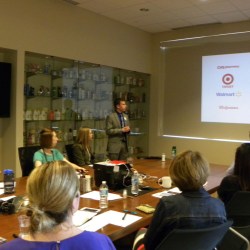
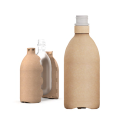
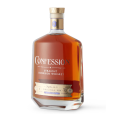
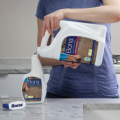
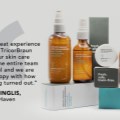
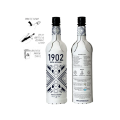
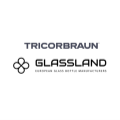
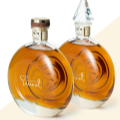
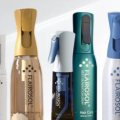

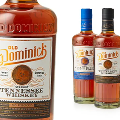


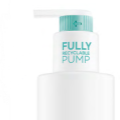

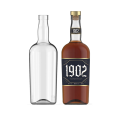
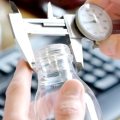
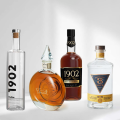
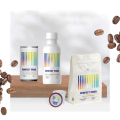
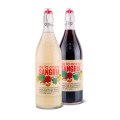

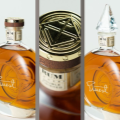
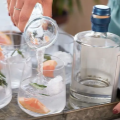
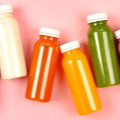
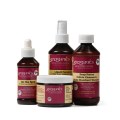
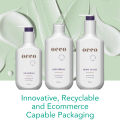
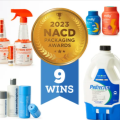
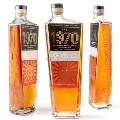
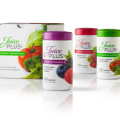
.jpg)
.jpg)
.jpg)
.jpg)











